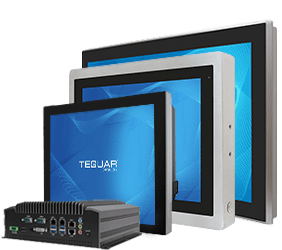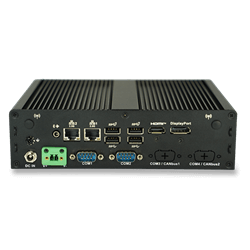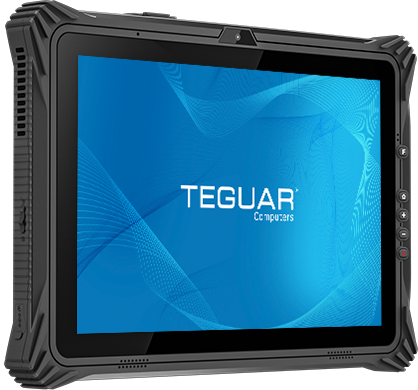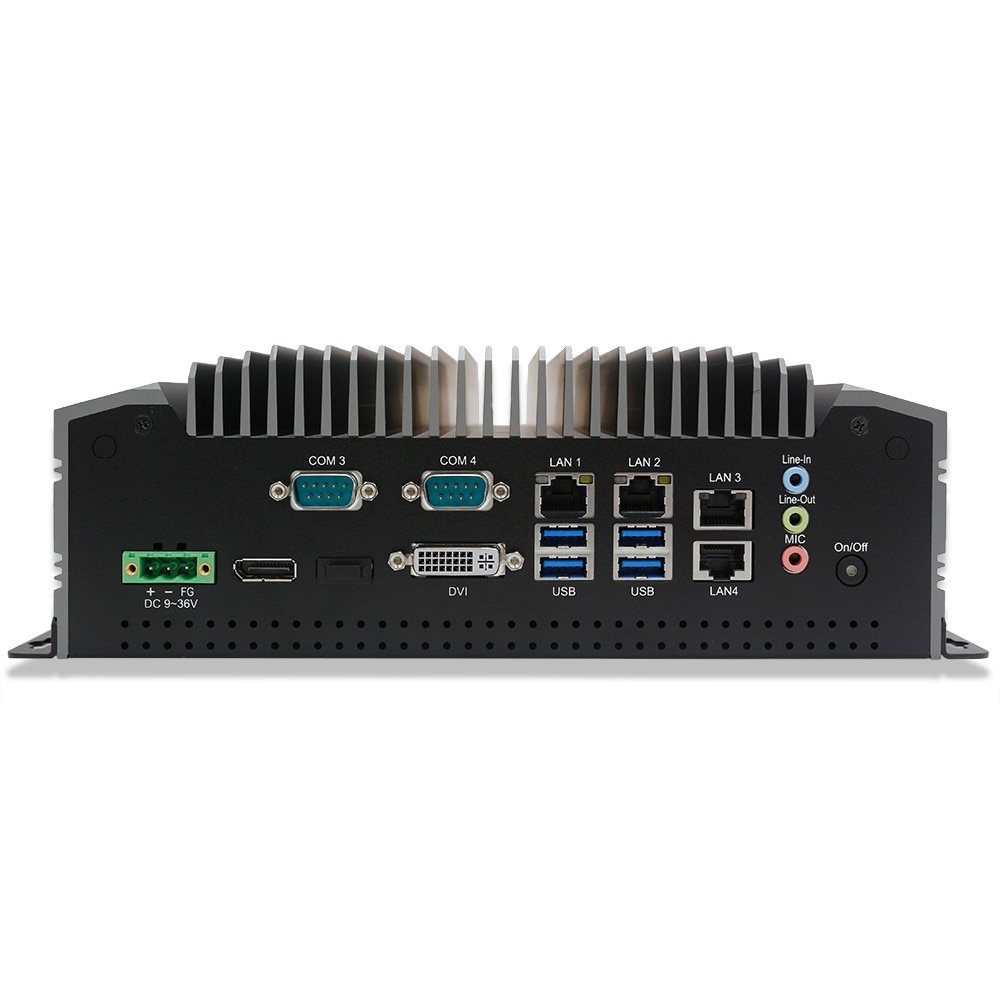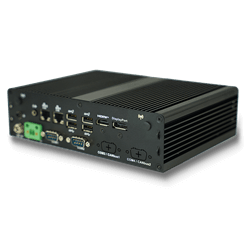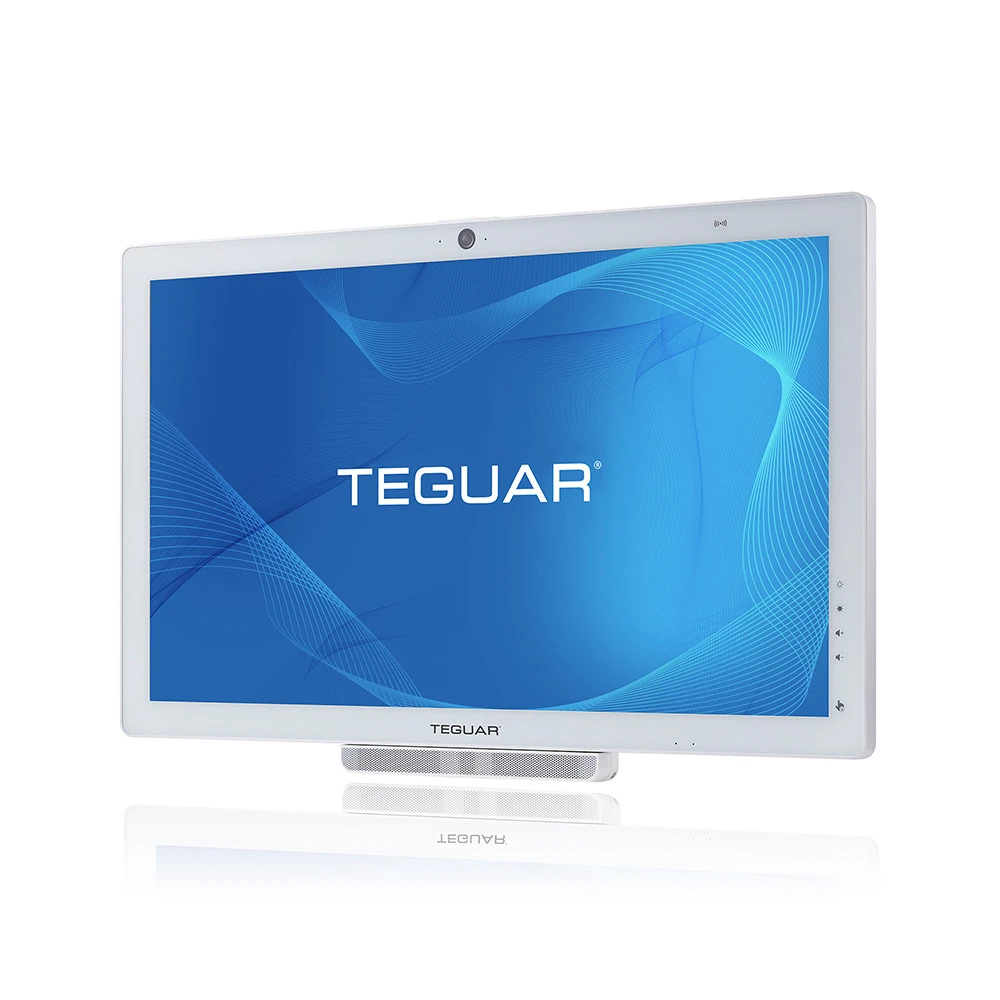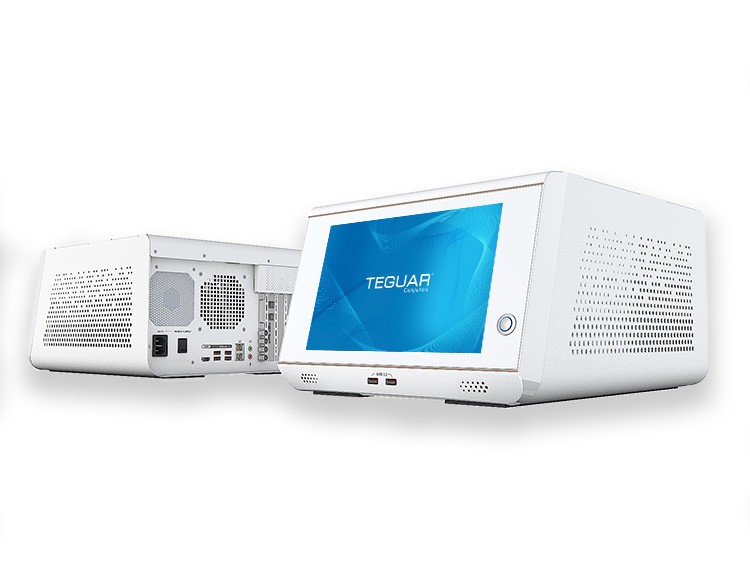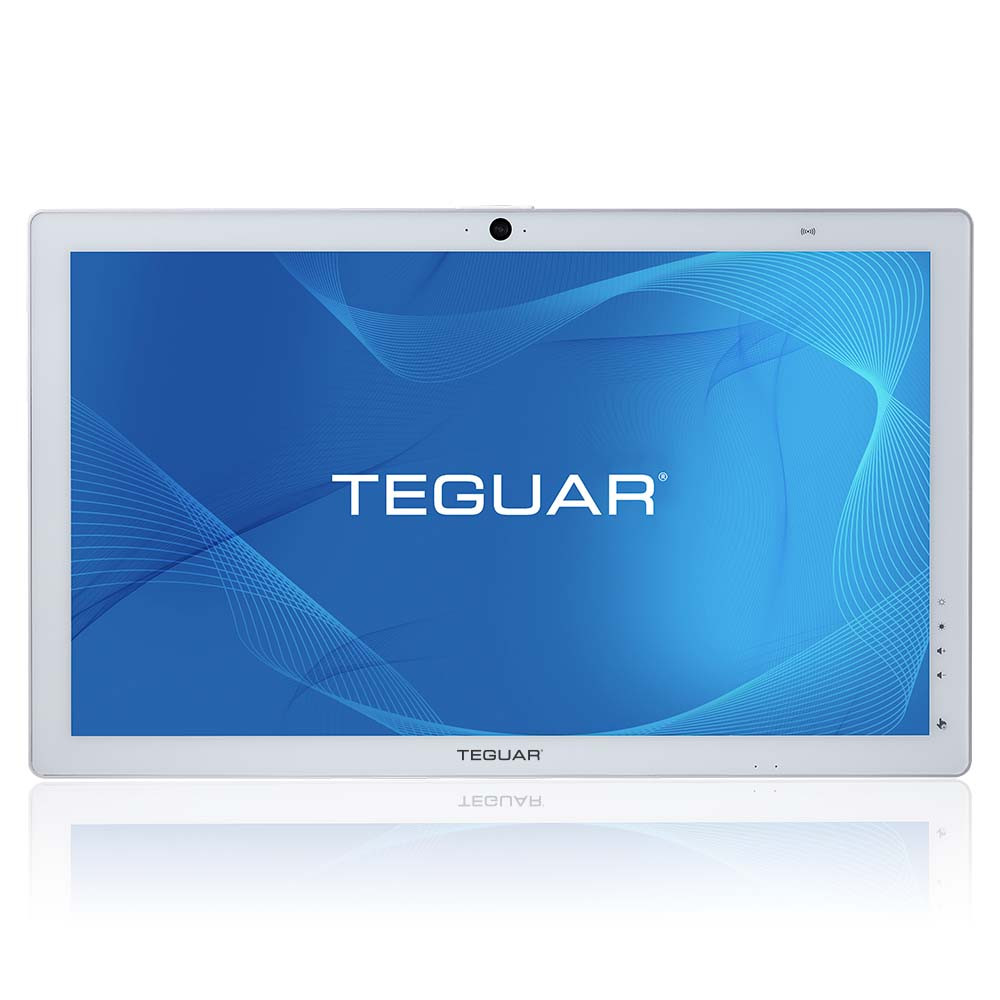How the Healthcare Industry is Going Digital
Healthcare is becoming more intertwined with technology as the need for digital health systems increases. A digital healthcare industry comes with numerous benefits for both patients and healthcare institutions — including better diagnosis, more efficient services, and lower costs. While healthcare has slowly been going digital over the past few years, the COVID-19 pandemic has sped the process up to continue providing quality care.
However, it may be challenging to decide which of the many innovative technologies are best for your institution. Aside from this, you’ll of course also need to learn the ropes and train health personnel to make the most of them. To help you choose the right tech to invest in and then incorporate into your existing systems, you can look into hiring employees with management information systems qualifications. A foundation in business core courses like economics and statistics allows them to understand what patients and stakeholders need in a healthcare institution. Meanwhile, their technical skills like programming and application development let them create customized software or tweak existing ones based on your business needs. This is crucial since you need a solid combination of business knowledge and tech skills to move forward.
To begin the digitization of your health institution, below are a few of the trends you can start considering.
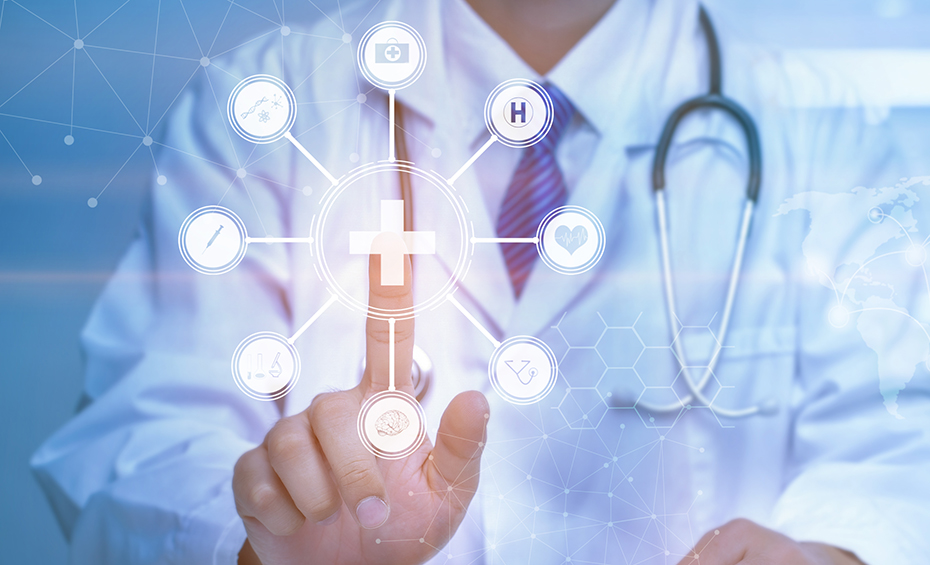
Virtual Reality (VR)
VR has many applications in the healthcare industry. One example is in medical training, where students experience hands-on problem-oriented learning as they’re faced with simulations that require them to create a good management strategy within teams. Modern computer graphics have also made it possible to recreate body parts in detail, lessening the need for cadavers in studying anatomy.
The treatment of patients can also be improved using VR. For instance, it can be used for progressive exposure therapy for patients with phobias or PTSD. This is done by helping the client face their fears little by little under the supervision of a therapist and in a controlled environment. VR can help a person recover from addiction as well by helping them get used to common triggers before being exposed to them in the real world.
Predictive Healthcare
The utilization of online big data can help predict various scenarios, such as whether a certain disease will be a major problem in the future. An example is the National Minority Quality Forum’s COVID-19 Index, a predictive analytics tool that forecasts surges of the coronavirus. This will help healthcare organizations see where COVID-19 cases are expected to surge, so they can start preparing by properly staffing and equipping facilities. The same technology can also be used for succeeding strains and novel viruses.
In everyday medical practice, predictive healthcare can also detect early signs of patient deterioration in the hospital. This is made possible by algorithms that continuously monitor and analyze a patient’s vital signs, helping healthcare providers know which patients will most likely need priority care. It can identify equipment maintenance as well, which allows you to schedule the maintenance beforehand, minimizing workflow disruptions.
Wearable Devices
Health monitoring has become a priority amid the pandemic. Perhaps the most common wearable is the fitness tracker, which has sensors that track a user’s physical activity and heart rate. Smartwatches are another popular wearable; these have more advanced features and specific models are clinically viable tools for healthcare. Some of the things smartwatches can monitor include stress, sleep, and blood oxygen level. Other relatively newer wearables are ECG monitors, blood pressure monitors, and biosensors. Doctors can use these to remotely monitor their patients on a day-to-day basis.
But conventional wearable sensing solutions require large amounts of data to be sent to external servers for off-chip computing and processing, which may cause information bottlenecks. To prevent this, scientists are experimenting with edge computing, which increases data processing speed and reliability.
Artificial Intelligence
AI can be applied to nearly everything from assisting administrative workflow to performing surgeries. Perhaps the simplest application of it is through chatbots, which take on customer service, diagnostic, and even therapeutic roles. But the real power of AI can be seen in applications such as precision medicine and medical imaging.
Precision medicine is a medical model that relies on large amounts of data from different disruptive technologies (such as advanced biotechnology and a patient’s health sensors) to create the best treatment plan for a patient. Using deep learning algorithms, AI can identify patients with disease risks that are undetectable through traditional methods. For example, in oncology, AI can analyze pathology images of different cancers to give very accurate diagnoses and suggest the best possible drug combinations.
About the Authors:
Matt Nadolny is the Marketing Manager for Teguar Computers. Though he has always had an interest in technology, joining the team in 2020 marked the beginning of his pursuit to understand more about the industrial and medical hardware offered at Teguar, which he now researches and writes about with the help of Teguar's Product Management and Sales teams. Outside of Teguar-related topics like the one above, Matt enjoys spending time with his family, playing games, making music, and getting lost down Internet rabbit holes of niche information.Previous Article
"Small, Handy and Very Rugged Android Tablet" New Review of Teguar's TRT-Q5393-07

